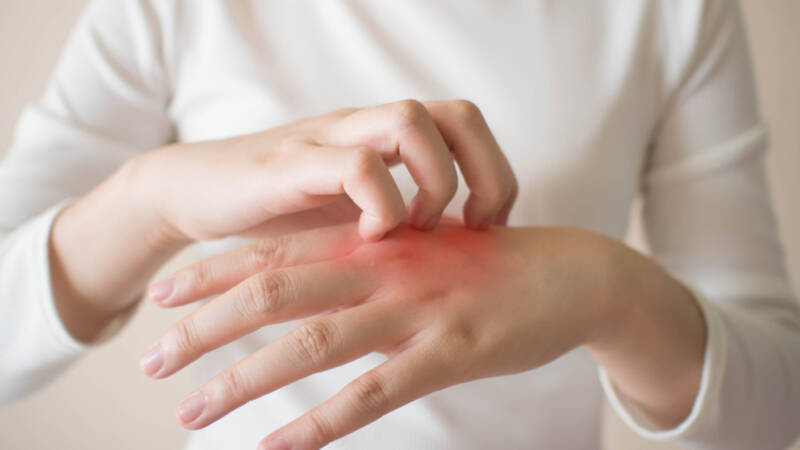Understanding Psoriasis: Triggers and Treatments

Psoriasis is an inflammatory autoimmune skin disease for which there is no cure. More than 8 million Americans and 125 million people worldwide suffer from this condition. Around 30 percent of those who suffer from this also develop psoriatic arthritis, which results in chronic joint pain.
Though its symptoms make psoriasis seem like a skin condition, it’s actually caused by inflammation and an improperly triggered immune system. It can affect those of all ages (including children) and almost any part of the body. To learn more about it, search for additional information online.
What Psoriasis Looks and Feels Like
People who suffer from psoriasis experience accelerated skin cell growth, with new layers of skin developing every three or four days. Since existing cells haven’t yet shed, these new cells form raised scales or plaques on the skin.
These scale-like patches of skin are often red or even silvery in color and vary in size. They are commonly found on the elbows, knees, scalp, and lower back. Other common signs and symptoms include:
- Dry, cracked skin that’s itchy or bleeds
- Itching
- Burning
- Soreness
- Thickened, pitted, or ridged nails
- Swollen, stiff joints
Psoriasis Triggers
Psoriasis symptoms are typically cyclical, going through flares up and remission over the course of a person’s life. An awareness of what factors may trigger a flare up can help patients keep their psoriasis under control and improve their quality of life. Some of the most common psoriasis triggers include:
- Cold or dry weather
- Stress or anxiety
- Certain foods, including gluten and nightshades
- Certain medications, including some that treat malaria, high blood pressure, and arthritis
- Alcohol consumption and smoking
- Trauma to the skin, including cuts, burns, vaccinations, piercings, and tattoos
- Hormonal changes, particularly in females
Treatment Options
Topical steroid creams and ointments are the most common psoriasis treatment, including ingredients like corticosteroids, salicylic acid, and moisturizers. Mild steroid creams can be purchased over the counter while stronger ones are prescription only.
Other common psoriasis treatments include:
- Light therapy – Repeated exposure of the skin to controlled doses of natural or artificial light.
- Systemic medications – Oral or injectable drugs such as Steroids, Retinoids, Methotrexate, and Cyclosporine treat severe psoriasis by suppressing the immune system.
There are also a range of natural psoriasis treatment options available, which can be used in conjunction with conventional medications for symptom relief.
If you think you may have psoriasis, talk to a medical professional to discuss getting a diagnosis and creating a treatment plan.